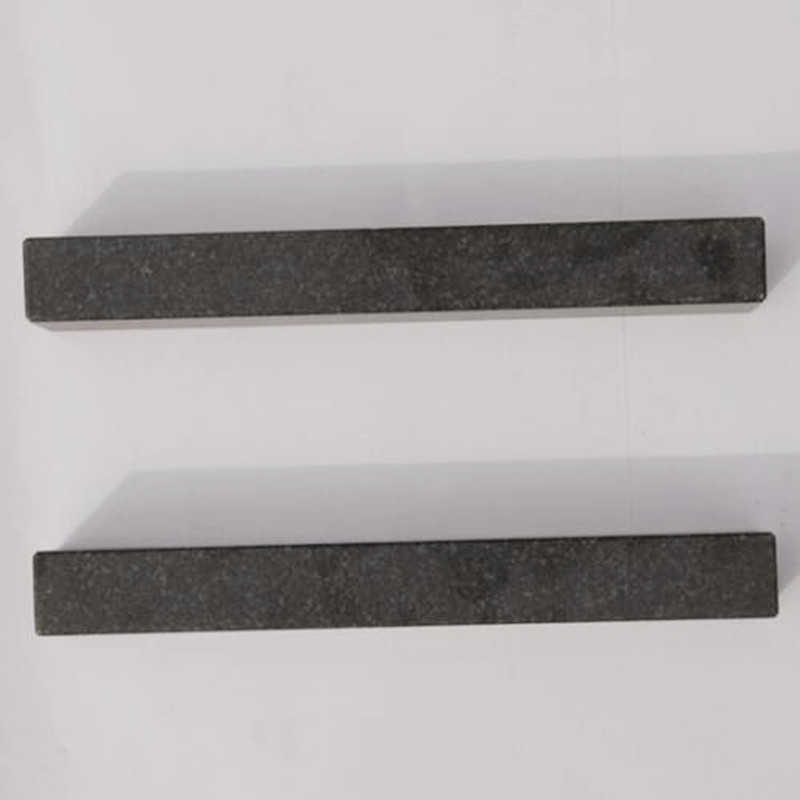nov . 24, 2024 01:27 Back to list
butterfly valve
Understanding Butterfly Valves An Essential Component in Fluid Control
Butterfly valves are a crucial element in various engineering systems, particularly in fluid control applications. Known for their simplicity and efficiency, these valves are widely used in industries such as water treatment, oil and gas, power generation, and more. In this article, we will delve into the fundamental aspects of butterfly valves, including their design, operation, advantages, and applications.
Design and Operation
A butterfly valve comprises a rotating disc or butterfly that is mounted on a shaft. This disc is located in the center of the valve body, and the shaft is connected to an external actuator. When the actuator turns the shaft, the disc rotates either parallel or perpendicular to the flow of the fluid. In the fully open position, the disc allows for maximum flow, while it can be closed almost completely to shut off the flow of the medium.
The body of the butterfly valve can be made from various materials, including metals like stainless steel and cast iron, or plastics like PVC for less demanding applications. The choice of material depends largely on the application environment, including the type of fluid, temperature, and pressure conditions.
Types of Butterfly Valves
There are several types of butterfly valves, each designed for specific applications. The most common types include
1. Resilient Seated Butterfly Valves These are designed for low-pressure applications and have a rubber seat that provides a tight seal when the valve is closed.
2. Metal Seated Butterfly Valves These valves are used in higher-pressure applications and have a metal-to-metal sealing design, making them more suitable for extreme conditions.
3. Triple Offset Butterfly Valves Featuring a unique geometry, these valves minimize wear and optimize sealing performance, particularly useful in high-temperature and high-pressure applications.
4. Lug and Wafer Style Butterfly Valves Lug valves are designed for dead-end services, while wafer valves are typically installed between flanges, providing an easy installation option.
butterfly valve

Advantages of Butterfly Valves
Butterfly valves offer several advantages, making them a popular choice for fluid control
- Lightweight and Compact Their design allows for a lighter and more compact solution compared to other types of valves, making them easier to install and operate.
- Quick Operation The quarter-turn operation means that butterfly valves can open or close rapidly, leading to a more efficient control of fluid flow.
- Cost-Effectiveness Generally, butterfly valves are less expensive than other valve types, such as gate or globe valves, both in terms of initial costs and installation.
- Minimal Pressure Drop Due to their design, butterfly valves create a lower pressure drop across the valve compared to other types, which can enhance system efficiency.
Applications
The usage of butterfly valves spans various applications. They are commonly found in
- Water Treatment Facilities Managing the flow of water in treatment processes. - HVAC Systems Regulating airflow in heating and cooling systems. - Chemical Processing Controlling the flow of corrosive or viscous fluids safely. - Power Plants Managing the flow of steam, gas, and other materials essential for power generation.
In conclusion, butterfly valves play an integral role in modern fluid control systems. Their versatility, efficiency, and cost-effectiveness make them suitable for a broad range of applications across multiple industries. Understanding their features and benefits can help in making informed decisions for those involved in the design and operation of fluid handling systems. Whether you are a seasoned engineer or a beginner, recognizing the significance of butterfly valves is essential in optimizing fluid control processes.
-
thread-plug-gauge-our-promise-of-measurement-excellenceNewsAug.22,2025
-
gauge-pin-class-reflecting-quality-legacyNewsAug.22,2025
-
check-valve-types-for-high-rise-buildingsNewsAug.22,2025
-
water-control-valve-for-irrigation-systemsNewsAug.22,2025
-
gate-valve-with-soft-seal-technologyNewsAug.22,2025
-
y-type-strainer-for-oil-and-gas-applicationsNewsAug.22,2025
Related PRODUCTS









